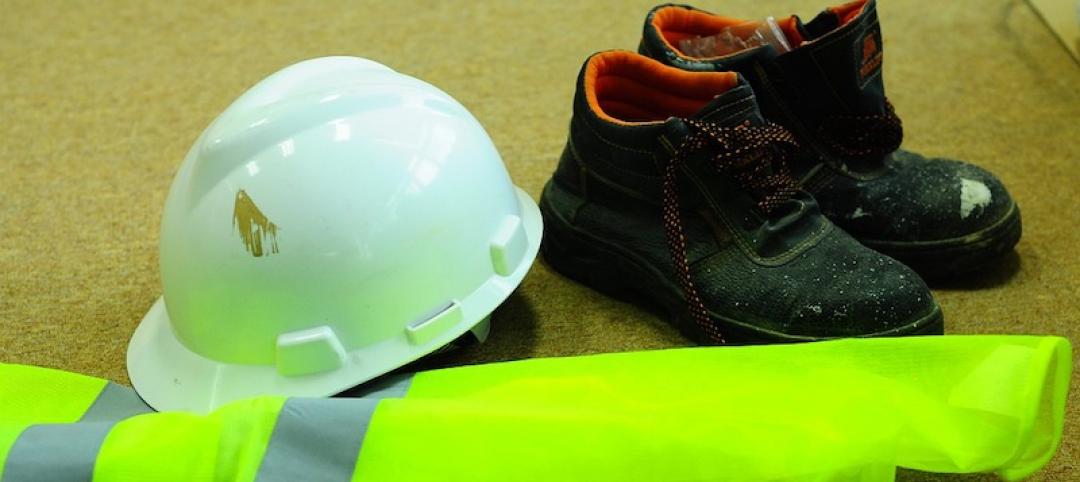The U.S Green Building Council’s (USGBC’s) 2021 World Green Building Trends report shows that building industry firms are looking to make the construction of net-zero/net-positive buildings a top priority.
“This reflects the recognition that only by making the built environment carbon-neutral can the goal to minimize the impacts of climate change be achieved,” according to a USGBC news release. More than 1,200 industry professionals, including engineers, architects/designers, contractors, owners, developers, inventors, and consultants around the world responded to the survey.
The findings also demonstrate a compelling business case for building green. The average reduction in operating costs for the first 12 months in a new green building is 10.5%, and five-year cost savings are 16.9%, according to survey results.
Other findings include:
· The pandemic impacted the green building sector with many respondents saying that messaging about increasing filtered air exchange in buildings directly influenced their choice of HVAC system, and social distancing standards affected building design.
· More than half of those that work on a majority of green projects plan to incorporate resilience strategies into their projects in the next five years.
· Most respondents (82%) are at least aware of the concept of embodied carbon – emissions from manufacture, transportation, installation, maintenance, and disposal of building materials – with contractors and owners less familiar than architects and engineers. The majority (79%) of those building green use at least one metric to track green building performance, an increase of five points since 2018.
· About half of respondents engage in green renovation/retrofit projects, with most investors engaged in this work.
Related Stories
Codes and Standards | Oct 14, 2019
States continue to beef up energy efficiency codes
ACEEE 50-state scorecard finds latest IECC code gaining adherents.
Codes and Standards | Oct 9, 2019
DOE releases Better Buildings Healthcare Financing Primer
Outlines financial strategies to implement energy-efficiency projects in healthcare.
Codes and Standards | Oct 8, 2019
Zero Carbon Buildings for All aims for ambitious emission reduction targets
Organization makes commitment to net zero carbon for all buildings by 2050.
Codes and Standards | Oct 7, 2019
Tailgating remains a critical building security threat, say security professionals
Few buildings provide beefed up provisions to counteract threat.
Codes and Standards | Oct 7, 2019
New seismic standard to evaluate, retrofit existing structural steel buildings open for review
AISC seeks input through Nov. 4.
Codes and Standards | Sep 27, 2019
Open source tool allows comparison of embodied carbon emissions from construction materials
Enables carbon-smart choices during material specification and procurement.
Codes and Standards | Sep 27, 2019
AIA declaration: Climate change requires ‘holistic approach’
Must address interdependencies among people, buildings, infrastructure, and the environment.
Codes and Standards | Sep 26, 2019
San Jose’s new building energy code is the most stringent among large cities
New regulations aim to make zero-emission electric buildings the norm.
Codes and Standards | Sep 26, 2019
Building support for climate action depends on linking it to health, economic benefits
USGBC report finds most people don’t think environmental problems significant enough to prioritize action.
Codes and Standards | Sep 20, 2019
OSHA has a new chief for its construction directorate
Former Army medical staffer Scott Ketcham has extensive OSHA experience.

















